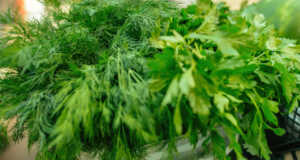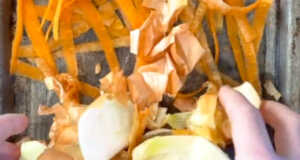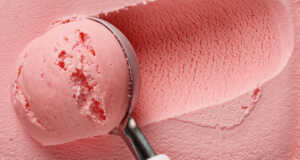We’ve all been there; you’re baking something and the recipe calls for baking soda, but all you have is baking powder or vice versa. Is there much of a difference? Absolutely! If you’ve ever accidentally grabbed the wrong one, or tried replacing one with the other, you probably know how disastrous the results can be. Let’s see the real difference between these two common ingredients, and find out some alternatives in case you find yourself in a bind!
What Are They?
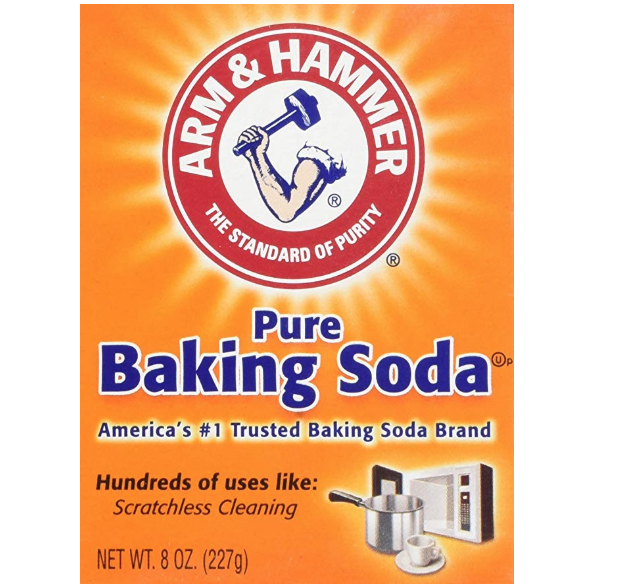
Baking soda is a base, which means it reacts when it comes into contact with an acid. For example, lemon juice, buttermilk, or brown sugar. When baking soda combines with the acid, carbon dioxide bubbles form, which raise the pH of the dough. Why is that important? Increased pH levels weakens the gluten, which causes the final product to be soft and tender.
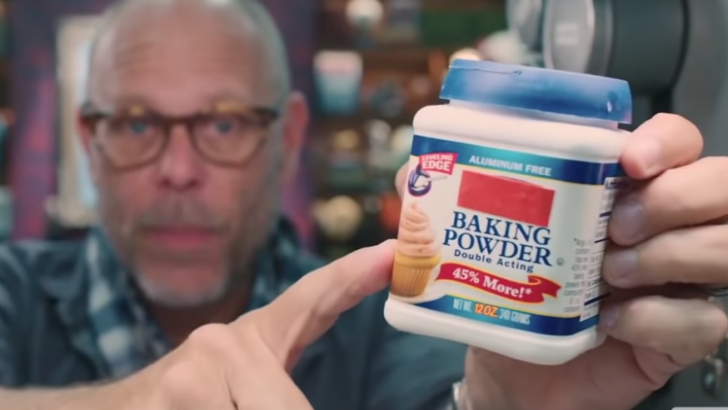
Baking powder actually contains baking soda, but it also has cream of tartar and cornstarch, as well as a few others. Since this combination contains two acids, as soon as a liquid element is added, the first reaction to the base happens. Then, once exposed to heat, the second reaction happens. The cornstarch helps keep the acids from reacting before the liquid is added.
Why You Need Them
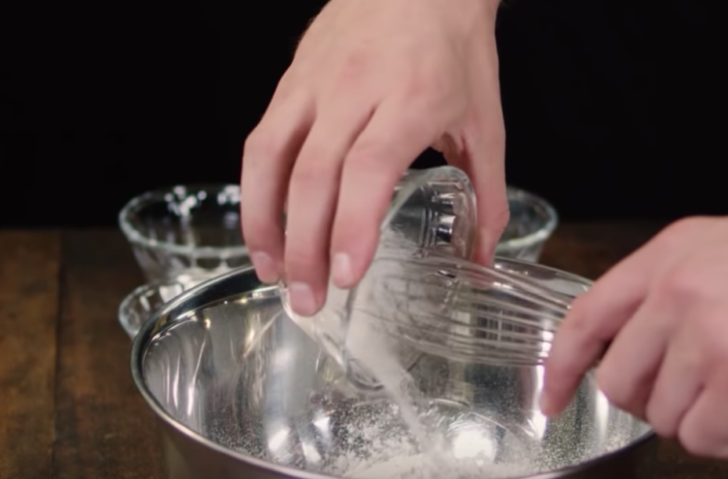
Baking soda will only be used in a recipe that already has an acid, which makes sense, considering that’s how the chemical reaction is triggered. More commonly, baking powder is used since it already contains the acid and the base, as well as a chemical reaction that takes place in stages, namely when exposed to heat. Because of this, it’s common for baking powder to be used in recipes where the dough either needs to chill or rise.
What about recipes that call for both? Baking soda isn’t just triggered by an acid, it also neutralizes it in the process. If the recipe has an acid, it will require a certain amount of baking soda to react with, essentially balancing each other out. Sometimes, however, baking soda alone isn’t enough to balance out the recipe, in which case, some baking powder is used to give the recipe an extra kick.

How To Substitute

The good news is, if you’re out of one, you can replace it with the other, though it’s not a one to one ratio. If you have baking soda but you need baking powder, simply combine 1 teaspoon of baking soda and 2 teaspoons of cream of tartar. Substituting baking powder is a little more complicated. You could use three times the amount of baking powder to replace the baking soda. However, the baking powder will change the taste of what you’re making.

Watch the video below to learn even more about the science behind these two baking ingredients.

